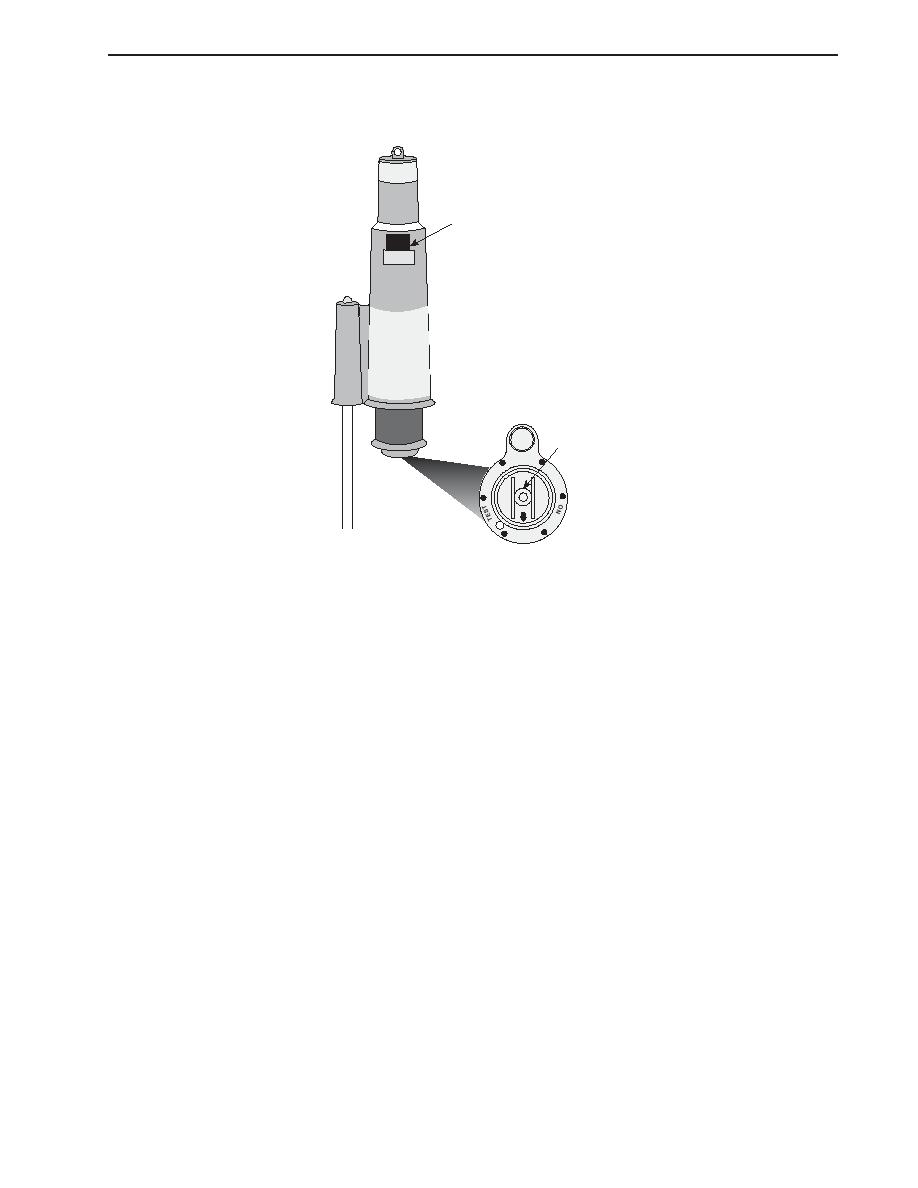
| Tweet |

Custom Search
|
|

|
||
 TM 55-1905-242-14
0030 00
SART (continued)
26
SART
25
OFF
EPIRB
When activated, the EPIRB transmits a distress signal that is received by a system of orbiting satellites. The signal is relayed
by the satellite to a Local User Terminal (LUT) where the location of the transmitting beacon is determined. This information
is then relayed to a Mission Control Center, where rescue efforts by the appropriate Search and Rescue (SAR) forces are
initialized.
The EPIRB transmits at 406.025 MHz and at 121.5 MHz. The 406.025 MHz signal contains, among other coded information,
the unique identification number of the EPIRB, which allows identification of the specific vessel to which the EPIRB is
assigned. The 121.5 MHz signal is primarily used by SAR forces as a homing signal during rescue operations. A strobe light
assists in the visual location of the EPIRB.
To operate the EPIRB:
1.
The EPIRB is normally left in its mounting bracket with the switch (27) in the READY position. With the switch (27)
in the READY position, the EPIRB will only activate if it is removed from its mounting bracket and is placed in water.
NOTE
With the switch (27) in the READY position, the EPIRB will only transmit when it is in the
water. If EPIRB transmission is desired, ensure that the EPIRB remains in the water, or
move the switch to the ON position.
2.
If the EPIRB will be placed in the water following an emergency, the switch (27) may remain in the READY position
and the EPIRB will activate. When in the READY position, the EPIRB will only transmit while it is in the water.
3.
If the EPIRB will be carried into a life raft, or if it will remain aboard the LCM-8 Mod 2 during transmission, set to ON
the switch (27). In this position, the EPIRB will remain activated until the switch (27) is returned to the READY
position.
0030 00-7
|
||
 |
||